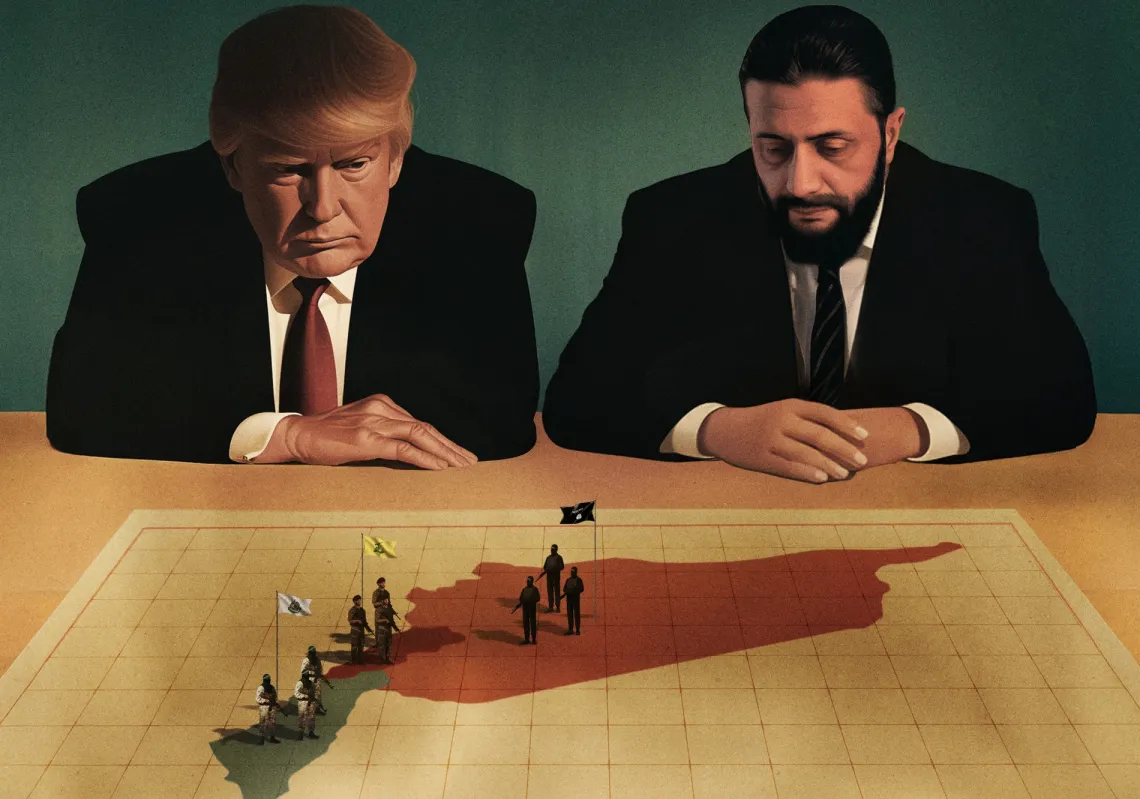While the world watched open-mouthed at the volleys of missiles launched by Israel and Iran at one another during their ‘12-Day War’ in June, another battle was being waged that drew hardly any attention: an Israel-Iran cyber war, waged digitally.
The cyberwar considerably predates this recent military conflict. Few can trace its origins, but in 2010, news emerged of a computer virus striking Iran’s Natanz nuclear facility, damaging 1,000 centrifuges used to enrich uranium. It was the world’s first cyberweapon, and its name was Stuxnet.
For the first time, software—not bullets or bombs—was being used to cripple the strategic infrastructure of a sovereign state. A sophisticated virus, it was jointly developed by Israel and the United States in an operation called ‘Olympic Games.’ It became the best-known evidence of Israel’s cyber doctrine, a strategy predicated on pre-emptive cyber strikes, using digital tools to obstruct adversaries’ nuclear and scientific advances without resorting to conventional warfare. It also blew the whistle on a long-running cyberwar between Israel and Iran.
Arms of the state
Targets include not just nuclear or military installations but critical infrastructure (such as energy grids, water supplies, and transportation networks), financial systems, and state institutions. In this, Iran soon established itself as a major player, deploying numerous advanced persistent threat (APT) groups for large-scale espionage operations. Among the most notable are APT33, APT34, APT39 and APT42.
Some APTs have been linked to Iran’s elite Islamic Revolutionary Guard Corps (IRGC). Each has a distinct methodology and area of focus, but all advance Iran’s strategic interests. They function as an arm of the Iranian state. Some report to military units, while others report to the Quds Force or the Ministry of Intelligence. Their targets are not confined to Israel and the US but extend to the Gulf states and Europe.

















